In response to a complaint and three media reports, the National Highway Traffic and Safety Administration’s Office of Defects Investigation opened a probe into the 2.6 million vehicles equipped with Tesla’s Actually Smart Summon and Smart Summon technologies.

NHTSA is investigating four recent crashes involving Tesla vehicles using Smart Summon or Actually Smart Summon.
The four incidents involved vehicles using the technology that hit posts or parked vehicles, according to the agency. In all, there have been four reports involving Actually Smart Summon, which replaced Smart Summon.
ODI has received 12 Smart Summon related VOQs alleging crash typology similar to the crashes experienced by users of Actually Smart Summon during sessions with little time for operators to react. Tesla has not reported any crashes involving either technology.
“ODI is aware of multiple crash allegations, involving both Smart Summon and Actually Smart Summon, where the user had too little reaction time to avoid a crash, either with the available line of sight or releasing the phone app button, which stops the vehicle’s movement,” the agency noted in a report.
What’s next
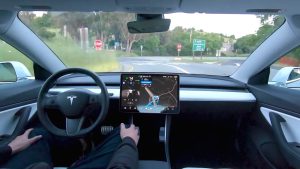
The new investigation comes on the heels of an investigation of 2.4 million Teslas equipped with full self-driving in October.
ODI is opening this preliminary evaluation to investigate Actually Smart Summon’s capabilities as they relate to the subject and similar crashes, including the system’s operation and field performance in FSD equipped vehicles and vehicles included in free trial offers.
NHTSA will evaluate the top speed that a vehicle can attain while Actually Smart Summon is engaged, designed-in operating restrictions for usage on public roads, and line of sight requirements.
The agency expects this preliminary evaluation to include review of remote vehicle control through the phone app at various distances and lines of sight, including app connectivity delays resulting in increased stopping distance and the ability to utilize Actually Smart Summon in roadway environments or operating conditions for which the current version of the system is neither intended nor designed.
More Tesla News
- Is Musk’s Political Shift Hurting Tesla?
- Tesla Autopilot Takes New Heat
- Tesla Sales Take First Full-Year Fall
What else
The Smart Summon feature first showed up in 2016 and was replaced in 2024 with an updated version of the technology, dubbed Actually Smart Summon. The probe will cover the 2016-2025 Model S sedans, 2016 and 2018-2025 Model X SUVs, and 2019-2025 Model 3 and Model Y vehicles.
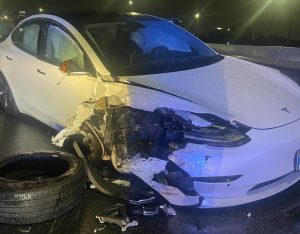
NHTSA’s investigating four complaints involving crashes of vehicles using Tesla’s Actually Smart Summon or Smart Summon technology.
The technologies are used in concert with a smart phone app. Users must be within about 200 feet of the vehicle for the system to work. When working properly, the vehicle will navigate various driving hazards and come to the location of the phone.
Depending upon the type of query, the investigation can take as long as 18 months. Once its completed, one of a few options are available. NHTSA could recommend no action needs to be taken. It could request further information from Tesla or ask the EV maker to resolve the issue voluntarily. It could determine there is a problem and order a recall.
Past issues
Tesla’s got a history of problems, primarily involving technology-related features of its vehicles. In October, the ODI began looking into reports of crashes involving Tesla’s using full self-driving beta or full self-driving supervised after “entering an area of reduced roadway visibility conditions.”
In these crashes, the reduced roadway visibility arose from conditions such as sun glare, fog, or airborne dust. In one of the crashes, the Tesla vehicle fatally struck a pedestrian. One additional crash in these conditions involved a reported injury, the agency noted in a report.


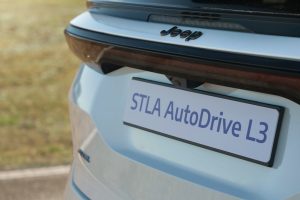
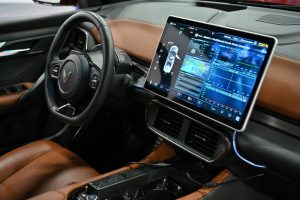
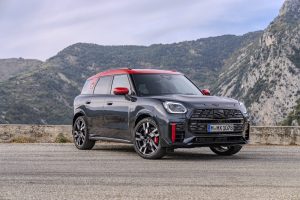
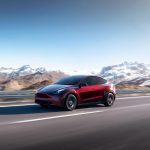
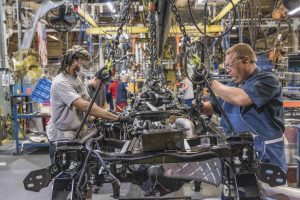
0 Comments